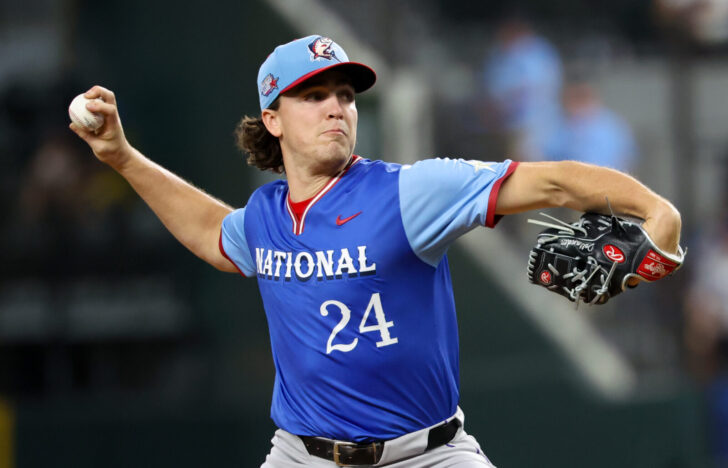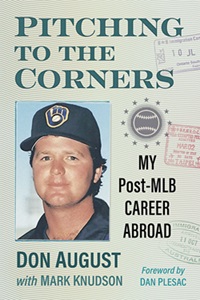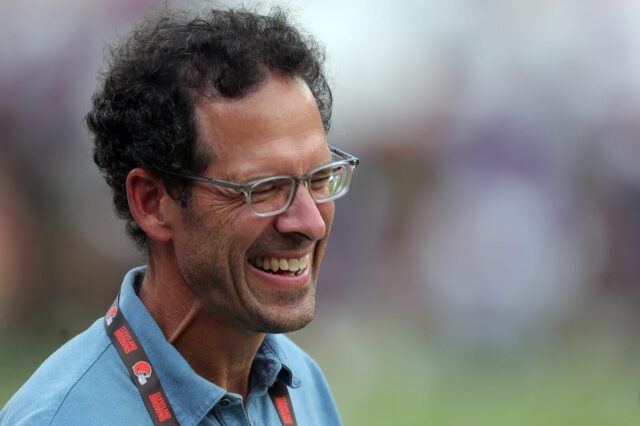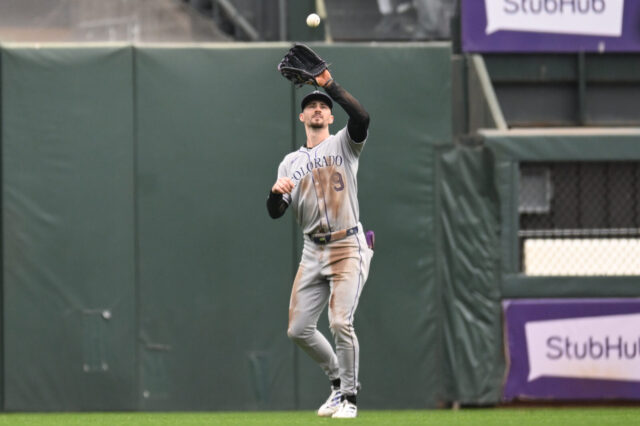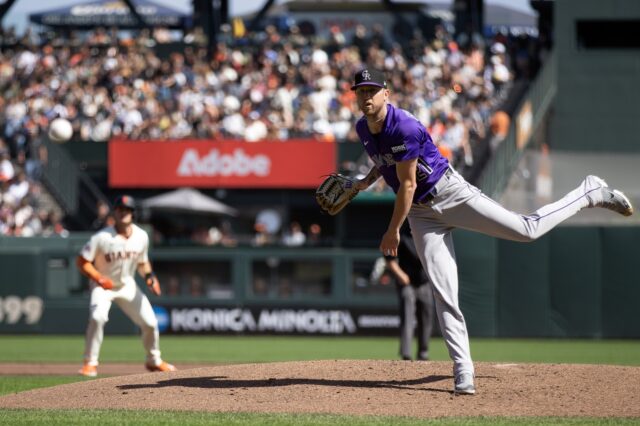Strike 1: “It’s the pitching, stupid.”
Okay, that’s not exactly the way that quote goes, but this variation couldn’t be more accurate when it comes to the Colorado Rockies.
The critical element to any sort of Rockies revival is what will happen on the mound, period.
Sure, there’s a faction of Rockies fandom that believes the team should simply go back to trying to outslug the opposition, especially in the friendly confines of Coors Field. It worked back in the day of the Blake Street Bombers. Why not now? Isn’t that the trend in baseball these days anyway? Swing for the fences at all times?
Yes and no.
Yes, it’s no secret that the Rockies offense hasn’t been up to the task in recent seasons. Even in the playoff seasons of 2017 and 2018, the Rockies weren’t tearing the cover off the ball like in the olden days of the mid 1990’s. The power hasn’t been there, but it’s much more than that. This is an offense that’s coming off a season where the hitters averaged 10 strikeouts per game. No other way to describe that than “horrible.” What’s more, the team batting average – again, while playing half their games in spacious Coors Field – was a meager .242 a season ago. That’s also well below being okay. Ironically, .242 is exactly what their lone All-Star rep, Ryan McMahon, posted for a batting average in 2024.
No matter what stats you look at, the last two seasons have been miserable. So yes, they need to get better on offense.
But also no, because the only hope to really start to turn things around is not to try to slug their way out of a team slump, but to do to the opposition what has been done to them, even at home: start shutting other team’s offenses down.
We’re smack in the middle of a pitching-dominated era in Major League Baseball. Despite all of Rob Manfred’s attempts to jump start offense in baseball by banning the shift, making pitchers work faster and throw to first base less often and even making the bases bigger, the pitchers are still dominating. And it’s a lot of pitchers, not just a few.
Problem is, none of them have been wearing purple pinstripes. And the Rockies won’t sniff the .500 mark until they have at least a couple that do.
Will there be any on this year’s Rockies roster?
Unlikely, at least at the start. As they open spring training, the Rockies are counting on the return of German Marquez and Antonio Senzatela to the starting rotation to stabilize what has been unstable.
The problem is that both Marquez and Senzatela are coming off major injuries and both are getting older. Each has been pretty much inactive for the past two seasons. How much is left in those tanks? Can they function successfully as “workhorse” types – which in this day and age means pitching at least five innings every start?
That’s tough to envision.
Kyle Freeland will return to his spot in the middle of the rotation, and will likely provide his team a chance to win most nights. Ditto fellow lefty Austin Gomber. Hard throwing Ryan Feltner will probably round out the starting rotation, at least at the start.
This is a big key to the season. Whoever fills out the five-man starting rotation has to be able to get the Rockies to the sixth inning on a very regular basis and not force Manager Bud Black to fill two thirds of the game with bullpen arms.
So the hard truth is that the Rockies aren’t likely to head to Tampa to open the season with a starting rotation that features any of those dominating-type starting pitchers. And if they end it the same way, they’re likely going to be buried deep in the National League West basement. Again.
The fortunes of the Colorado Rockies will only change in a meaningful way if and when youngsters like Chase Dollander, Gabriel Hughes and Carson Palmquist, who’ve had a good deal of success in the minors, blossom into bonafide big league starting pitchers and can give the Rockies some of what the opposition keeps bringing to Coors Field – pitching dominance.
No pressure kids. Just save the franchise, that’s all.
